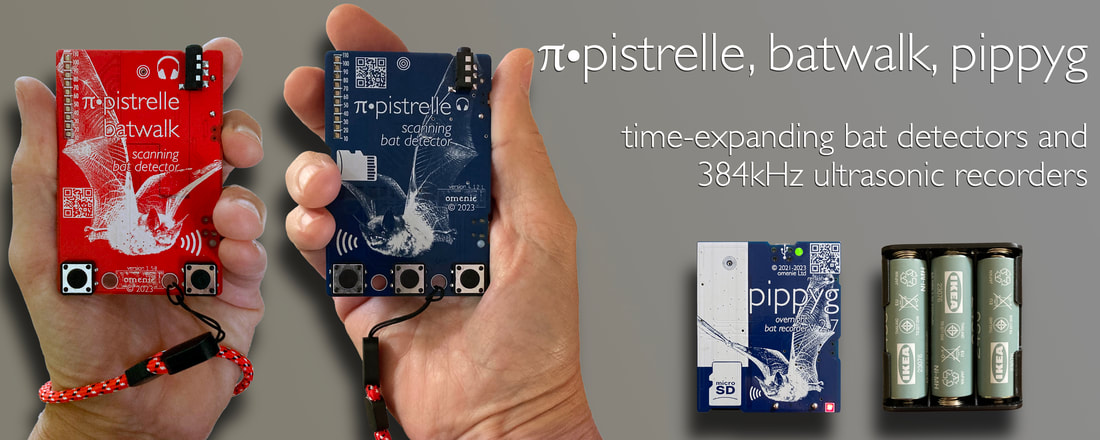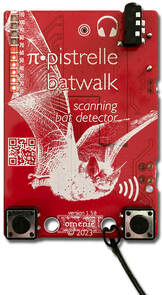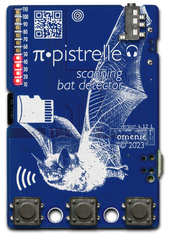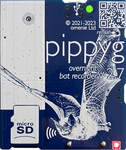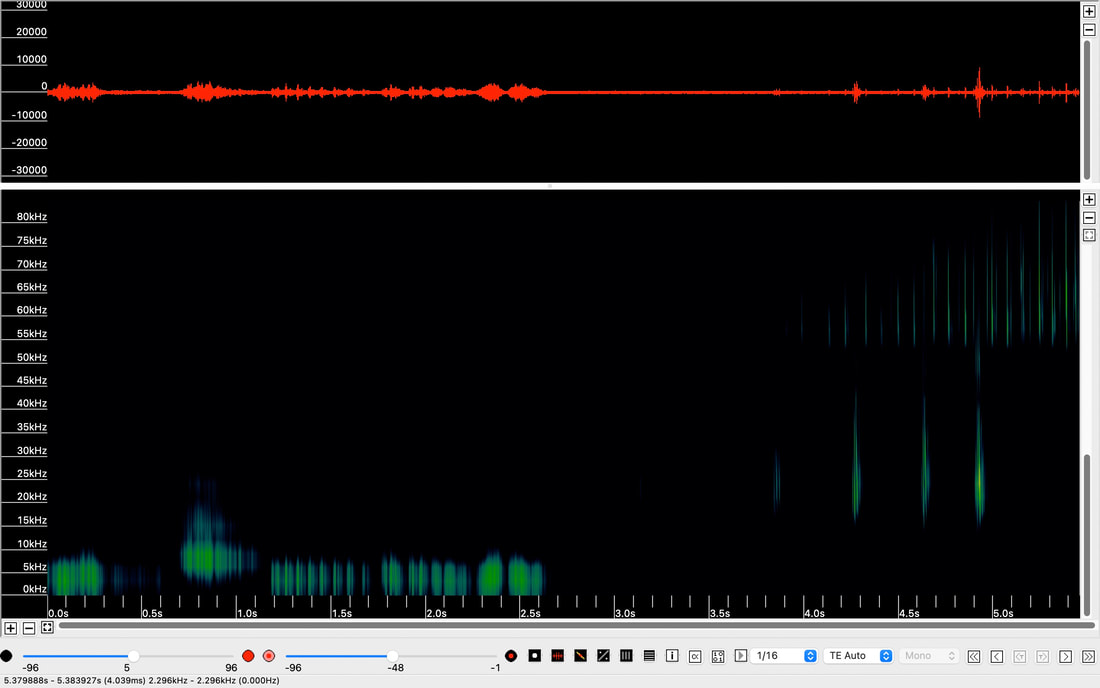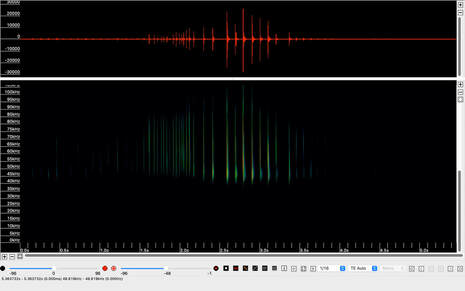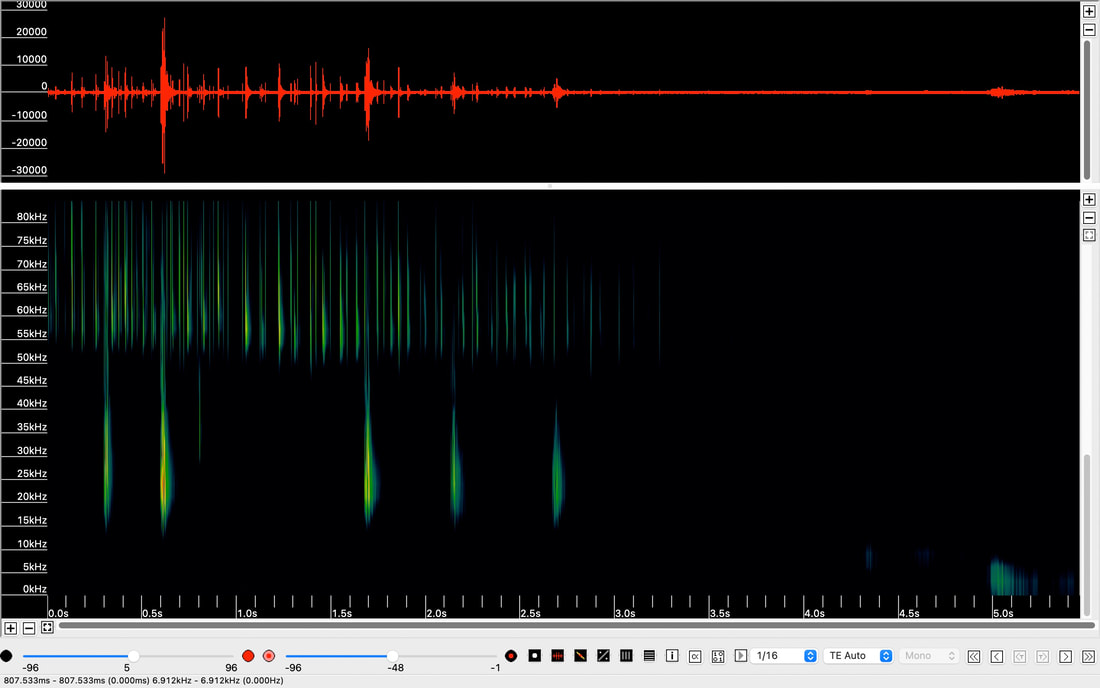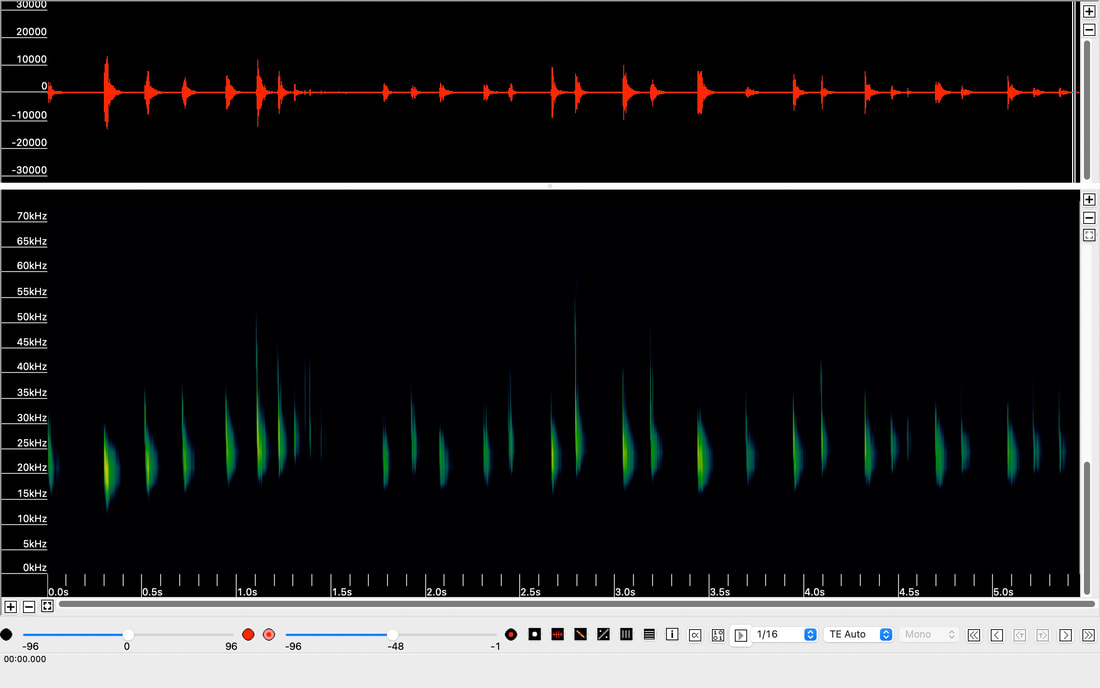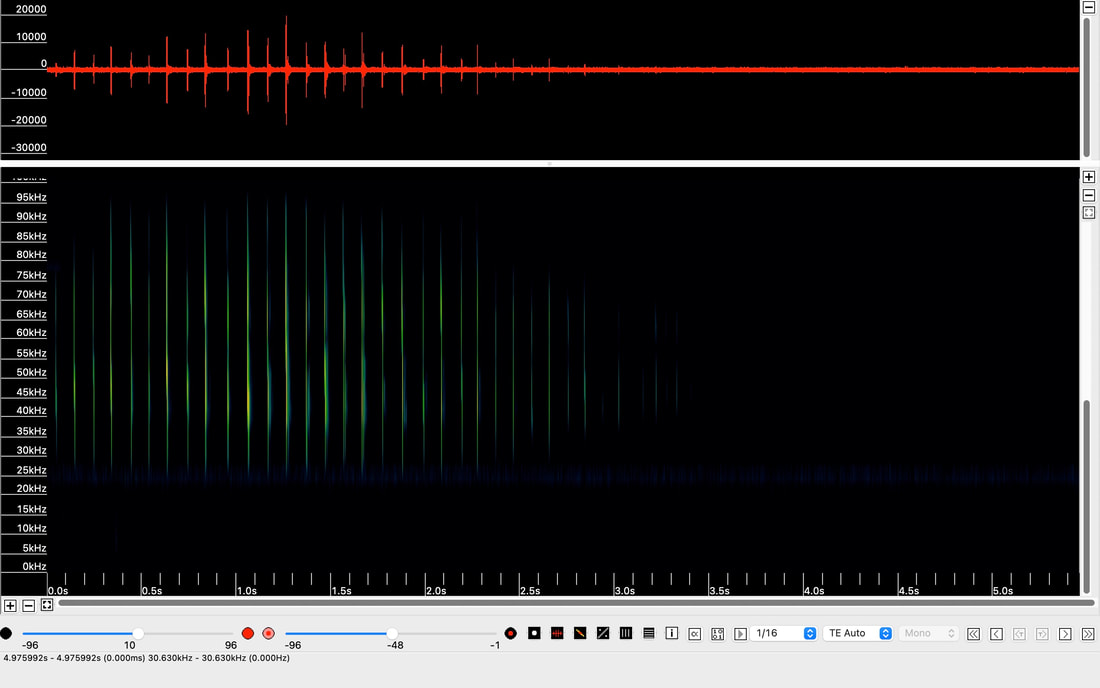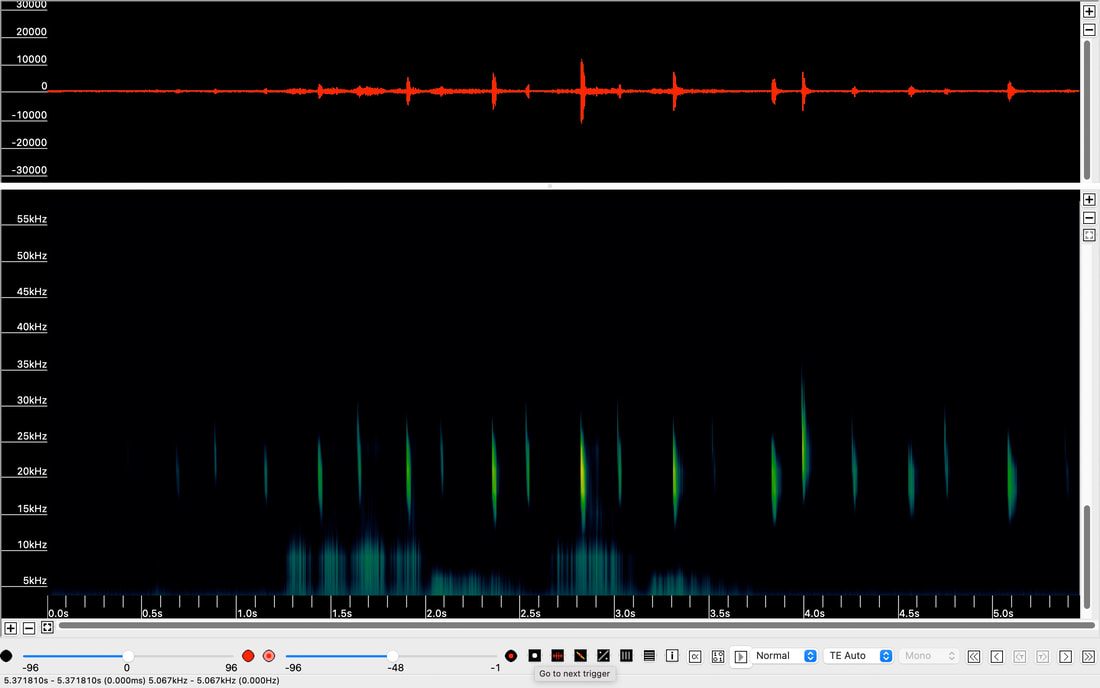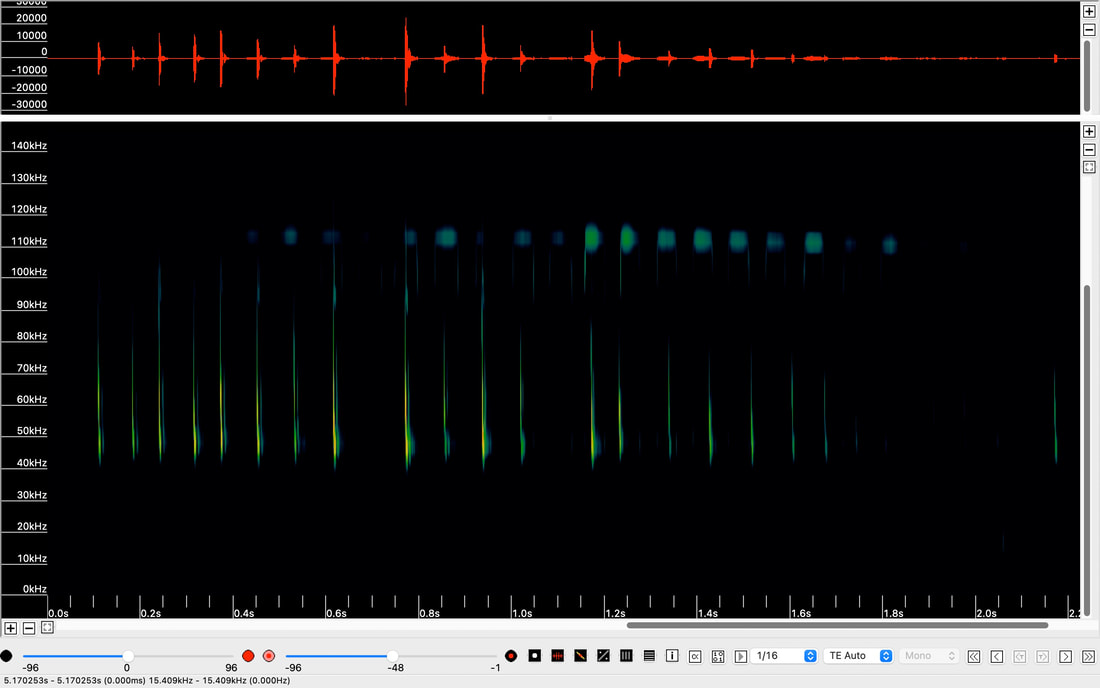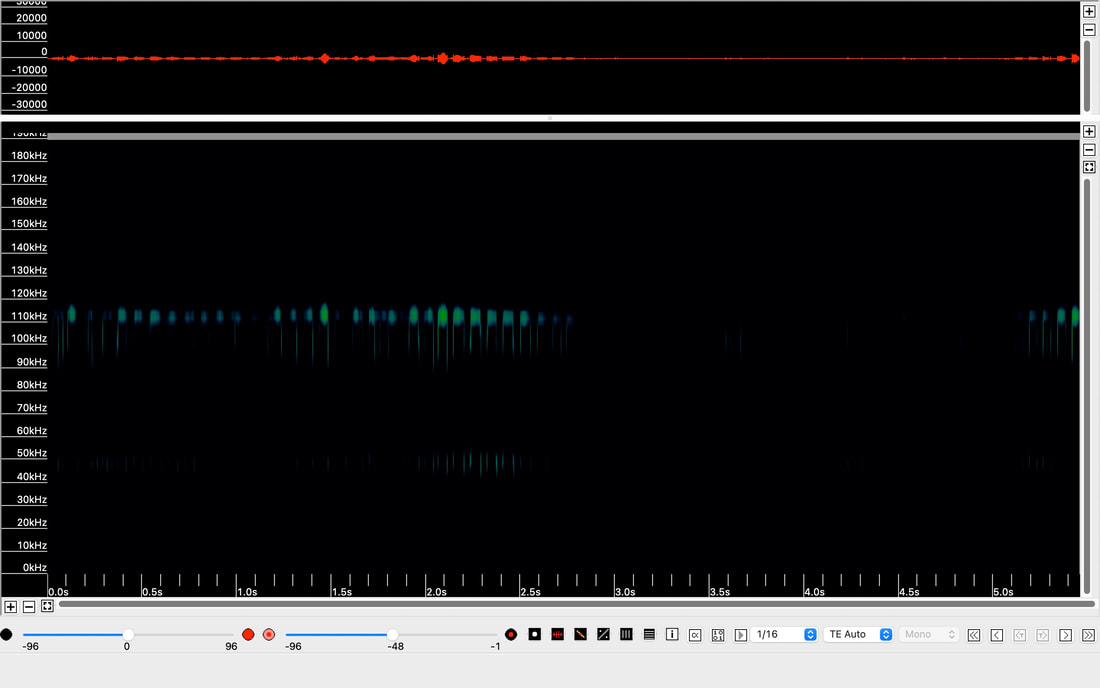It is not recommended to attempt a build unless you have prior experience with 'making' or electronics assembly. Assembly requires the use of toxic solder paste and a hotplate, which is a fire hazard. The build process is potentially dangerous. Be really careful out there.
All these devices are self-build, they use surface-mount components for cost and compactness, and can be assembled rapidly at home using simple equipment - an inexpensive hot plate and heat-protecting silicone rubber mat (each about £7-8 from Amazon), a soldering iron, cutters and tweezers for component placing. But - and I cannot stress this enough - you need to be VERY careful. The hotplate, which is essential for surface-mount assembly, is potentially very dangerous. The flux fumes from the solder paste are toxic. The innocent-looking metal thing on your workbench is at 250C when it is operating, and takes at least 10 minutes to be cool enough to be safe to touch. DO NOT LET A CHILD OR TEENAGER ATTEMPT TO BUILD THESE DEVICES, AND KEEP THEM (AND ANY HOUSEHOLD PETS) AWAY WHILE YOU ARE BUILDING.
So that's the warnings done, and all the faint-hearted folks should be out of the way. For those of you who are still reading : these devices are genuinely BRILLIANT. Not that I'm bragging - they would not have been possible without the genuinely amazing Raspberry Pi Pico, which is a fierce beast dressed as a kitten. What the Pico lets me achieve with these inexpensive devices is astonishing. To be able to wander out into the garden or around the neighbourhood at dusk, and hear the bats as they fly by, with no knob twiddling, no species-specific tuning, no having to gaze down at a dial, just turn it on and listen, with eyes to the skies watching and hearing the bats as they hunt - it is just wonderful. Plus, to be able to time-expand in real-time is so eye-opening. After years of hearing heterodyned bats it's easy to forget that the clicking, popping, chip-chopping and warbling are all fake, and you are listening to artifacts of the heterodyne process. Those percussive sounds you hear bear no resemblance AT ALL to the melodic, musical sounds the bats are actually making. To hear the bats' true calls when time-expanding, the bird-like whistles, the peeps, chirps and high-pitched screams of the Horseshoes - is remarkable. You can differentiate soprano and common pipistrelles based on the pitch of their calls, instantly, and can clearly hear the haunting 'pew-pew-PEW' of pipistrelle social calls. A whole new sonic world is unlocked for your pleasure and education - you will SO enjoy using these once you have built them.
Build times are approximately 12 minutes for a pippyg, just over 20 minutes for a π•pistrelle 'batwalk' or a full π•pistrelle, but these times do drop when you make 4 or 5 at a time, and once you are in the swing - I have successfully made 4 pippygs in under 40 minutes.
Devices are best built in batches of 10, and the build cost reflects this - so a '£16 build cost' means it will cost approximately £160 to build up 10 units. A single-unit build is simply not cost-effective. So make sure you have a bunch of friends or colleages who also want a detector.
All these devices are self-build, they use surface-mount components for cost and compactness, and can be assembled rapidly at home using simple equipment - an inexpensive hot plate and heat-protecting silicone rubber mat (each about £7-8 from Amazon), a soldering iron, cutters and tweezers for component placing. But - and I cannot stress this enough - you need to be VERY careful. The hotplate, which is essential for surface-mount assembly, is potentially very dangerous. The flux fumes from the solder paste are toxic. The innocent-looking metal thing on your workbench is at 250C when it is operating, and takes at least 10 minutes to be cool enough to be safe to touch. DO NOT LET A CHILD OR TEENAGER ATTEMPT TO BUILD THESE DEVICES, AND KEEP THEM (AND ANY HOUSEHOLD PETS) AWAY WHILE YOU ARE BUILDING.
So that's the warnings done, and all the faint-hearted folks should be out of the way. For those of you who are still reading : these devices are genuinely BRILLIANT. Not that I'm bragging - they would not have been possible without the genuinely amazing Raspberry Pi Pico, which is a fierce beast dressed as a kitten. What the Pico lets me achieve with these inexpensive devices is astonishing. To be able to wander out into the garden or around the neighbourhood at dusk, and hear the bats as they fly by, with no knob twiddling, no species-specific tuning, no having to gaze down at a dial, just turn it on and listen, with eyes to the skies watching and hearing the bats as they hunt - it is just wonderful. Plus, to be able to time-expand in real-time is so eye-opening. After years of hearing heterodyned bats it's easy to forget that the clicking, popping, chip-chopping and warbling are all fake, and you are listening to artifacts of the heterodyne process. Those percussive sounds you hear bear no resemblance AT ALL to the melodic, musical sounds the bats are actually making. To hear the bats' true calls when time-expanding, the bird-like whistles, the peeps, chirps and high-pitched screams of the Horseshoes - is remarkable. You can differentiate soprano and common pipistrelles based on the pitch of their calls, instantly, and can clearly hear the haunting 'pew-pew-PEW' of pipistrelle social calls. A whole new sonic world is unlocked for your pleasure and education - you will SO enjoy using these once you have built them.
Build times are approximately 12 minutes for a pippyg, just over 20 minutes for a π•pistrelle 'batwalk' or a full π•pistrelle, but these times do drop when you make 4 or 5 at a time, and once you are in the swing - I have successfully made 4 pippygs in under 40 minutes.
Devices are best built in batches of 10, and the build cost reflects this - so a '£16 build cost' means it will cost approximately £160 to build up 10 units. A single-unit build is simply not cost-effective. So make sure you have a bunch of friends or colleages who also want a detector.
|
π•pistrelle "batwalk" is a self-build, auto-scanning heterodyne / time-expanding bat detector : about £15 build cost
π•pistrelle adds ultrasonic recording to batwalk : about £16 build cost
pippyg is the π•pistrelle recording circuitry in a smaller form factor : about £15 build cost
|
Common hardware features :
Processing by Raspberry Pi Pico - a low-power, high-performance, dual-core microcontroller
Knowles SPU0410LR5H-QB analog ultrasonic MEMS microphone and MicroChip MCP6022-E/SN dual op amp
Hardware bandpass filter (DC blocker / HPF plus antialiasing LPF)
Powered by 3x AA cells (or 5V USB powerbank)
π•pistrelle in Bat Detector mode :
'Eyes to the skies' operation
pippyg (or π•pistrelle in Bat Recorder mode) :
Overnight / multi-night unattended field recording :
On-demand recordings when in detector mode :
PCB and component ordering :
Downloadable deliverables package for all 3 designs : here
π•pistrelle : PCBs here and components here
batwalk : PCBs here and components here
pippyg : PCBs here and components here
Recommended micro SD card :
SanDisk Extreme 32GB. Note : Extreme, not Ultra. These cards were recommended to me by the AudioMoth team after a lot of research on their side, and having tried them they really are the best. Fast, reliable, and low electrical / acoustic noise. Yes, SD card actually generate sound when in operation, and the microphone will pick that up and lead to acoustic artifacts on your recordings.
Processing by Raspberry Pi Pico - a low-power, high-performance, dual-core microcontroller
Knowles SPU0410LR5H-QB analog ultrasonic MEMS microphone and MicroChip MCP6022-E/SN dual op amp
Hardware bandpass filter (DC blocker / HPF plus antialiasing LPF)
Powered by 3x AA cells (or 5V USB powerbank)
π•pistrelle in Bat Detector mode :
'Eyes to the skies' operation
- largely non-visual user interface via speech synthesis
- auto-frequency scanning, audio feedback on bat frequency detection
- allows user to track and ID bats visually while detecting
- Speech synthesiser for frequency feedback
- Connect headphones or powered speaker to 3.5mm jack
- Manual override of heterodyne frequency to a set of 7 pre-programmed "interesting" frequencies - equivalent to 'classic bat detector' mode
- Pre-programmed frequencies are 19.8kHz 25kHz 32kHz 45kHz 55kHz 82kHz 110kHz
- "Long press left" enables RTTX (Real-Time Time eXpansion) mode
- "Long press right" enables heterodyne mode
- Time expansion mode
- Most recent 170ms of sampled sound is captured and played back, slowed down by a large factor
- Time Expansion factor preset to 16x - exactly 4 octaves lower than actual bat call
- If preferred this factor may be configured to 10x or 20x via configuration tool which patches firmware (requires a reflash of device)
pippyg (or π•pistrelle in Bat Recorder mode) :
Overnight / multi-night unattended field recording :
- Onboard Real-Time Clock (must be set by pipistrelle app to allow recording) - download pipistrelle for iPhone and iPad here, Google Play here
- Overnight mode triggered by long-click of middle button, acknowledged by a recognisable flash pattern
- Overnight mode is immediately engaged on pippyg subsequent to setting Real-Time Clock
- Device is in low-power mode during daylight hours
- DAC is silenced
- Signal analysis is halted
- Spectrum LEDs go dark
- Ultra-slow flash pattern on single Pico LED (VERY dim flash every 8 seconds) indicates sleep mode
- 'Wake on Bat' - during non-daylight hours, 5 second / 4MByte recordings to micro SD triggered by ultrasonic signal detection
- File duration may be configured by the pipistrelle app
- "Overnight / awake mode" indicated by "flash-and-flash-and-flash-and-flashflashflash" pattern
- Flashes rapidly become very dim to not attract attention to the device at night, and to minimize current draw from batteries
- When writing to SD card LED goes off completely to minimize current draw
- 3 fresh 2450mAh rechargeables typically last for 5 overnight sessions
- Battery life highly dependent on bat activity - writing to SD card is power-hungry
- Storage capacity limited by SD card size
- 8GB-16GB typically good for 2 nights' recording, may need 32 or 64GB if the night is particularly busy
On-demand recordings when in detector mode :
- On-demand single recording of 5 seconds (single click of middle button)
- Or 30 seconds via 6 consecutive recordings of 5 seconds each (double click of middle button)
PCB and component ordering :
Downloadable deliverables package for all 3 designs : here
π•pistrelle : PCBs here and components here
batwalk : PCBs here and components here
pippyg : PCBs here and components here
Recommended micro SD card :
SanDisk Extreme 32GB. Note : Extreme, not Ultra. These cards were recommended to me by the AudioMoth team after a lot of research on their side, and having tried them they really are the best. Fast, reliable, and low electrical / acoustic noise. Yes, SD card actually generate sound when in operation, and the microphone will pick that up and lead to acoustic artifacts on your recordings.
EXAMPLE RECORDINGS
4 or 5 species, captured in a 2 hour session in a rural garden in Wiltshire, April 2022
Recordings visualised and analysed using Kaleidoscope Free, from Wildlife Acoustics
Two recordings of Lesser Horseshoes from a field trip to Portugal, May 2022 - this shows that π•pistrelle is comfortable capturing data above 100kHz
|
|
|
|
|
